Carpenter bees and bumblebees are the two most common types of bees we encounter. They can be found in homes, yards, gardens, parks, and even in the wild. Both bees are often misinterpreted as being the same. However, they are quite different.
What’s the difference between a carpenter bee and a bumblebee? Bumblebees have yellow markings over their abdomen, and they’re hairy and fuzzy looking, while carpenter bees have a shiny abdomen and just plain black. Moreover, bumblebees build their nests near the ground, whereas carpenter bee nests are located in woods.
Carpenter bees and bumblebees are both common and popular, and it’s important to understand how they differ. This article will go through their differences in depth and detail, as well as how they differ from one another and much more.
A Detailed Comparison of Carpenter Bees and Bumblebees
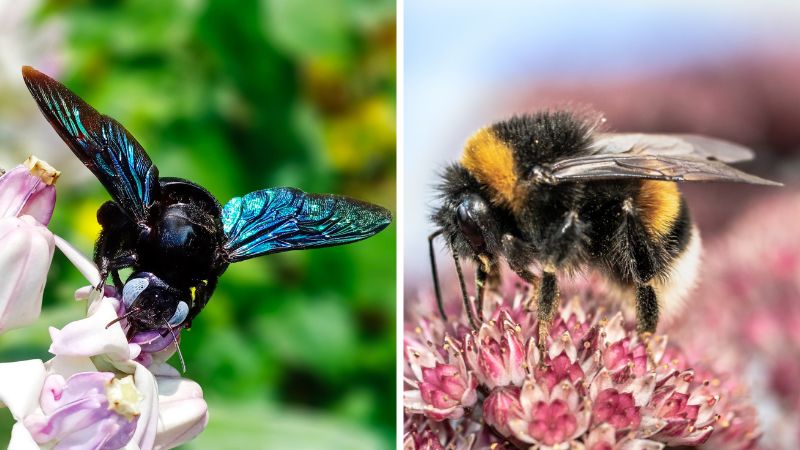
| Carpenter Bee | Bumblebee | |
| Appearance | Black, shiny body and abdomen | Black, hairy body with yellow stripes on the abdomen. |
| Size | 1 inch long | 1.5 inches long |
| Color | Black | Black and yellow |
| Nest | Nesting inside unpainted, rotting, or decaying woods or logs | Nesting on the ground, underground holes, spaces under thick grasses, and under piles of rocks and woods |
| Aggression | Male carpenter bees tend to be aggressive by buzzing to keep humans away, but they don’t sting. Female carpenter bees can sting in defense if their nest is threatened | Bumblebees are not aggressive and don’t initiate attacks. However, female bumblebees can sting in defense if their nest is threatened |
What Is Special About Carpenter Bees?

Carpenter bees are important pollinators to a wide range of plants and flowers. These bees are special because of their high success rate in pollinating fruits, vegetables, and crops. They also pollinate common wild plants, which helps in the production of food for wild animals and insects.
Related: Carpenter Bee Control: How To Get Rid of Carpenter Bees?
What Is Special About Bumblebees?
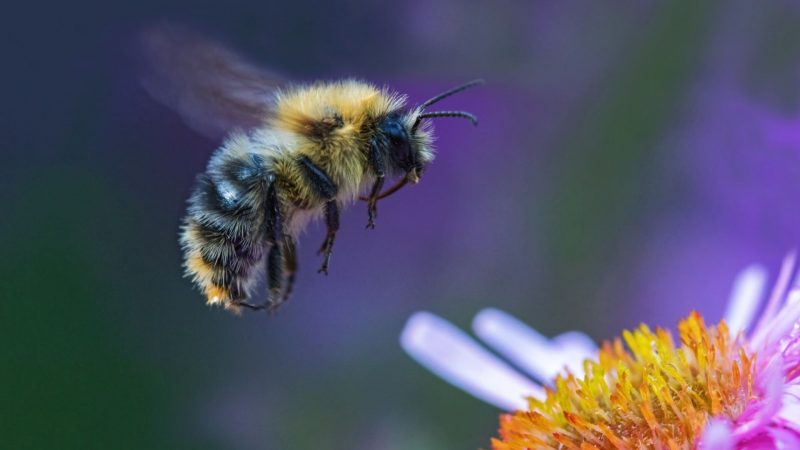
Bumblebees are excellent pollinators. They have a broader and longer tongue, making them better pollinators of many kinds of plants than other bees that find it difficult to pollinate. That is why commercial pollination services primarily use bumblebees.
Related: Bumblebee Control: How To Get Rid of Bumblebee, Bumblebee Nests, and Stings?
Do Carpenter Bees and Bumblebees Have Enemies?
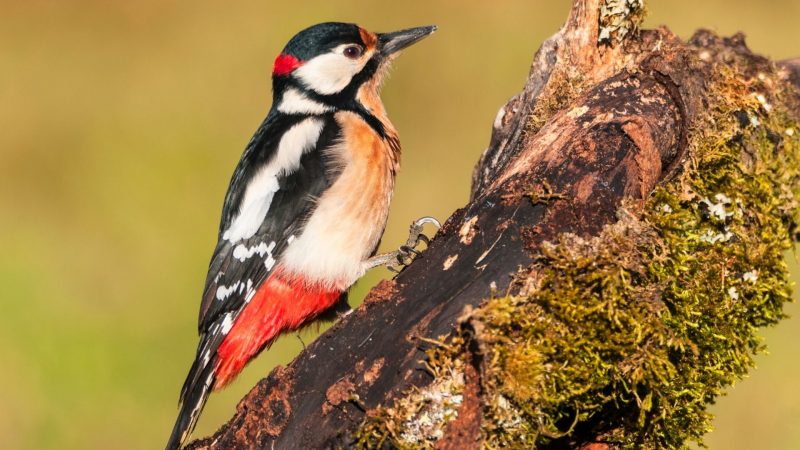
Just like other bees, they are known to be preyed upon by their common predators like birds, mites, and spiders. Carpenter bees are prone to be hunted by woodpeckers since they are commonly found in woods.
On the other hand, the most common enemies of bumblebees are spiders, rodents, and badgers since bumblebees are always nesting near grounds.
What Do Carpenter Bees Hate?
Carpenter bees hate the smell of citrus oil. But like other insects, carpenter bees also hates common natural repellant like lavender, tea tree, and citronella oil. The scent of paint and wood varnish is another thing that carpenter bees hate.
What Do Bumblebees Hate?
Similar to carpenter bees and other common insects, bumblebees hate the smell of citrus, lavender, tea tree, cinnamon oil, and even vinegar. However, bumblebees also hate the smell of citronella and spicy peppermint the most.
How Do You Find a Carpenter Bee Nest?
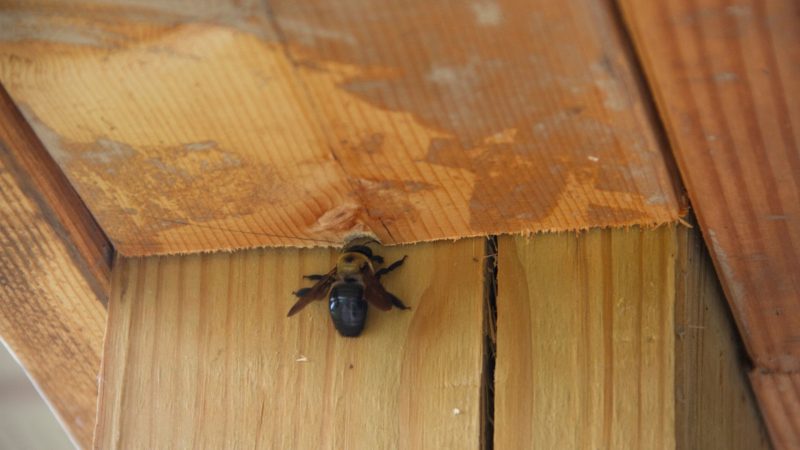
Since carpenter bees build nests in woods, checking for unfamiliar holes in untreated and unpainted woods can be a step in finding a carpenter bee nest. They may often be seen in residential decks, siding, porches, wooden fences, and eaves. A carpenter bee nest can also be easily identified if the holes are surrounded by sawdust or tiny chewed woods.
What Type of Wood Do Carpenter Bees Prefer?
Carpenter bees prefer to build their nests in softer, unpainted, and untreated woods. They also favor rotting, or decaying woods since digging and building a nest inside is easier.
Where Do Bumblebees Nest?
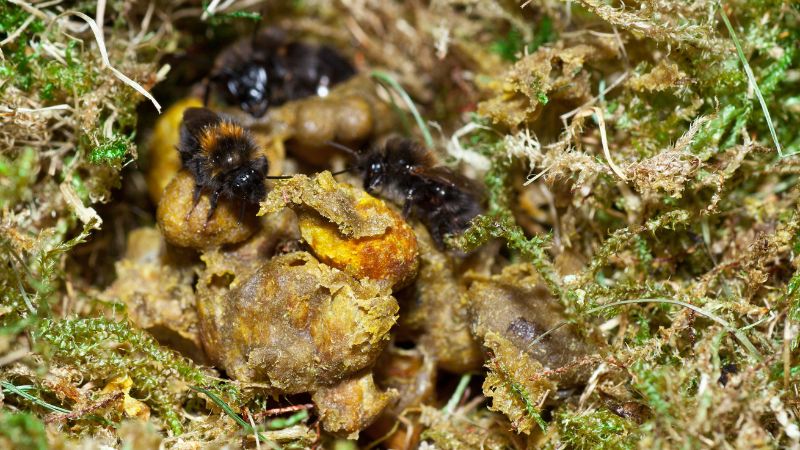
Bumblebees prefer to build nests in the ground. Unlike carpenter bees, which excavate and build their own nest from scratch, bumblebees will look for a possible nesting site that is already developed.
They look for existing holes or cavities on the ground. These bees nest under rock and woodpiles, under layers of thick grasses, and even empty or abandoned animal homes on the ground, such as rodent burrows and holes.
Is It Illegal to Destroy a Bumblebee Nest?
Though it is not a federal crime to destroy a beehive, few states do not allow the use of pesticides to harm bee nests. These regulations are in place to keep bees from extinction.
Bumblebees are vital pollinators who contribute significantly to the ecosystem. It is allowed to keep them out of residences, but it is not allowed to eliminate them in harmful ways.
When to Call Professionals?

If beehives or nests are present in residence, don’t try to remove or destroy the hives; instead, call professionals if the bees are being aggressive. They defend their nests aggressively and will sting if they feel threatened or provoked.
Carpenter Bees and Bumblebees Prevention
They can be prevented from swarming inside homes through the following:
- Painting all exposed wood surfaces and, if possible, replacing and repairing old or rotten wood.
- Make sure there are no holes or empty rodent tunnels in the soil to keep bumblebees from nesting in your home. Cover any spots where bumblebees might be able to build a nest.
- Spraying scents that both the bees hate to areas where bees can potentially nest is also an effective way to prevent them. Using lavender oil, citrus oil, tea tree oil, or even vinegar is effective for carpenter bees, bumblebees, and other pests and insects.
Safety Tips
If near bees, move slowly and don’t disturb the bees. Bees are not practically aggressive, they are just protective of their home and nest.
In terms of a beehive presence on the property, do not attempt to touch or destroy it. There is a possibility of a large percentage of bees that can be hostile and attack. To handle the beehive, contact a professional.
List of Sources
Anton, K., et al. (2021). The Eastern Carpenter Bee: Beneficial Pollinator or Unwelcome Houseguest?
Hood, M. (n.d.). Bumble Bees as Pollinators.
Potter, M. (2018). Carpenter Bees.
- Bed Bug Surge 2025: How to Detect, Prevent, and Safely Eliminate Infestations in Top U.S. Cities - June 18, 2025
- Asian Needle Ants Invade US Homes: 2025 Guide to Identification, Risks, and Effective Control - June 11, 2025
- New World Screwworm Alert: How US Livestock Owners Can Prevent Outbreaks and Protect Herds [Summer 2025 Update] - June 8, 2025
